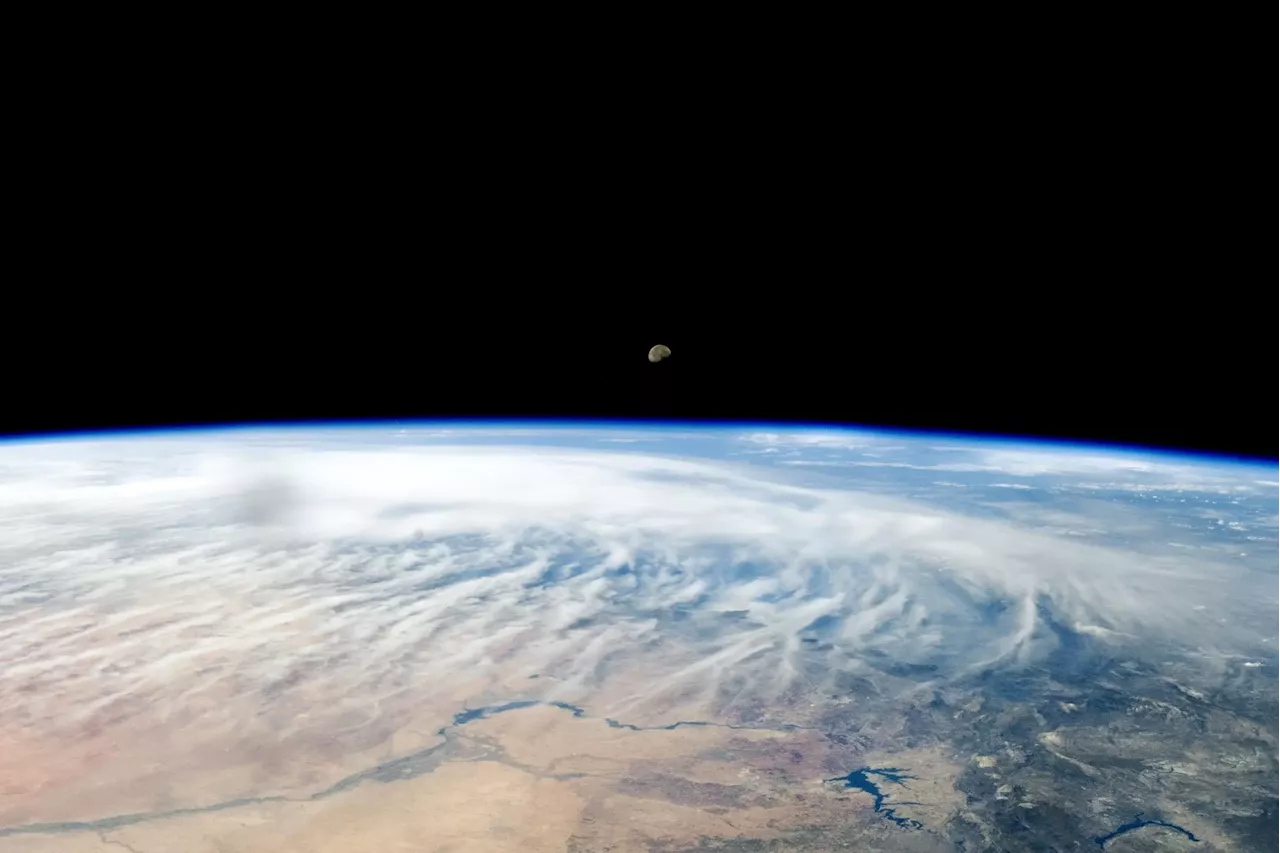Download the full-resolution version from the Space Telescope Science Institute.
This new infrared image of NGC 346 from NASA’s James Webb Space Telescope’s Mid-Infrared Instrument traces emission from cool gas and dust. In this image blue represents silicates and sooty chemical molecules known as polycyclic aromatic hydrocarbons, or PAHs. More diffuse red emission shines from warm dust heated by the brightest and most massive stars in the heart of the region. Bright patches and filaments mark areas with abundant numbers of protostars. This image includes 7.
The Small Magellanic Cloud is a satellite galaxy of the Milky Way, visible to the unaided eye in the southern constellation Tucana. This small companion galaxy is more primeval than the Milky Way in that it possesses fewer heavy elements, which are forged in stars through nuclear fusion and supernova explosions, compared to our own galaxy.
United States Latest News, United States Headlines
Similar News:You can also read news stories similar to this one that we have collected from other news sources.
 Shocking new video shows terrorists shooting Israeli revelers point-blankChilling dashcam video captures festival-goers in Israel shot at point-blank range
Shocking new video shows terrorists shooting Israeli revelers point-blankChilling dashcam video captures festival-goers in Israel shot at point-blank range
Read more »
 Webb spots solar flares from TRAPPIST for the first timeInteresting Engineering is a cutting edge, leading community designed for all lovers of engineering, technology and science.
Webb spots solar flares from TRAPPIST for the first timeInteresting Engineering is a cutting edge, leading community designed for all lovers of engineering, technology and science.
Read more »
 HS volleyball update: McGill-Toolen captures Battle of Old Shell Road titleGet breaking news on Alabama high school, college and professional sports, including the Alabama Crimson Tide and Auburn Tigers. Find scores, stats, photos, videos and join the forum discussions at al.com.
HS volleyball update: McGill-Toolen captures Battle of Old Shell Road titleGet breaking news on Alabama high school, college and professional sports, including the Alabama Crimson Tide and Auburn Tigers. Find scores, stats, photos, videos and join the forum discussions at al.com.
Read more »
 Hubble's multi-wavelength view of recently released Webb imagePatches of bright pink and wisps of dark red paint the foreground of this new NASA Hubble Space Telescope image. NGC 5068 is a barred spiral galaxy with thousands of star-forming regions and large quantities of interstellar dust. First discovered by British astronomer William Herschel in 1785, NGC 5068 sits in the southern region of the constellation Virgo and is around 20 million light-years away. Astronomers estimate the galaxy is 45,000 light-years in diameter.
Hubble's multi-wavelength view of recently released Webb imagePatches of bright pink and wisps of dark red paint the foreground of this new NASA Hubble Space Telescope image. NGC 5068 is a barred spiral galaxy with thousands of star-forming regions and large quantities of interstellar dust. First discovered by British astronomer William Herschel in 1785, NGC 5068 sits in the southern region of the constellation Virgo and is around 20 million light-years away. Astronomers estimate the galaxy is 45,000 light-years in diameter.
Read more »
 Beneath a Desert Moon: Astronaut Captures Breathtaking Image From Space StationScience, Space and Technology News 2023
Beneath a Desert Moon: Astronaut Captures Breathtaking Image From Space StationScience, Space and Technology News 2023
Read more »
